Some 102 ewe lambs and hogget ewes from Tullamore Farm have been grazing a cover crop of forage rape from 10 December. The hogget ewes finished grazing it on 5 January, while 43 ewe lambs are still there. The 12 acre area is owned by a local tillage farmer and is two miles away from Tullamore Farm. The crop was sown on the 2 September and received no fertiliser.
Management
The 12 acres was split into four sections and Tullamore Farm manager Shaun Diver says the biggest challenge was ensuring the area was well fenced and making sure there was good boundary fencing.
Before moving the sheep across, all the boundary fencing was checked and the four sections were fenced off using temporary electric sheep fencing. The ground was strip grazed to avoid wastage.
When it comes to forage crops, it is very important that sheep are introduced to them gradually, with adequate access to fibrous roughage such as hay or silage. When moved on to the first section, the sheep were given a bale of hay, but for subsequent sections they were on rape only.
However, the crop did contain some volunteer barley and grass underneath. Shaun noted that while the crop wasn’t overly strong, it was good enough for sheep, producing approximately 1,500kg DM/ha.

Farm manager Shaun Diver moving the break fence. This process took about two hours and had to be done four times.
The ewe lambs and hogget ewes grazing the crop were also given high-energy and mineral buckets. This is important for sheep grazing forage rape, as cover crops like these are generally low in trace elements such as selenium, iodine, copper and cobalt.
Brassica crops such as forage rape are very low in iodine and contain glucosinolates which interfere with the uptake of iodine by the animal. Therefore, additional supplementation through mineral buckets or boluses is recommended to avoid any issues down the line.
The sheep grazed 3 acres at a time, and while Shaun says it’s hard to tell yet how the ewe lambs and hoggets have done on the crop, he adds that it has meant that the ewes on the home farm have held better condition. Scanning went well on Tullamore Farm, with ewes scanning 2.0 and hoggets following closely behind at 1.9.
Cover crops
The main reason for taking the cover crop for grazing was so that costs could be cut when it came to concentrates. The addition of the cover crop also meant that the ewes on the home farm maintained better condition throughout the winter.
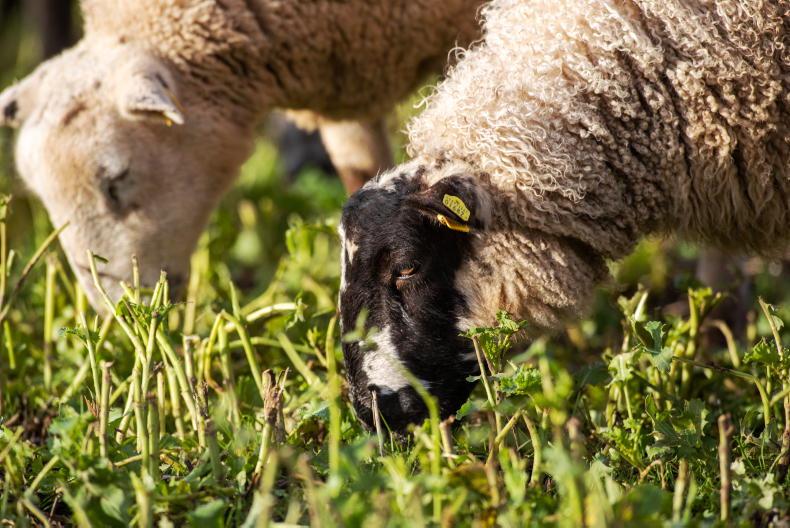
The ewe lambs and hoggets were given high energy mineral buckets. This is important as brassica crops such as forage rape are very low in trace elements such as selenium.
In terms of costs, the cover crop was 70c/head per week for the five weeks. However, there was a saving of approximately 50c/head per week on straw and silage if the sheep had not gone to the rape crop. This has also resulted in a saving on fodder supplies on the farm. While the fodder budget for the farm saw a surplus, the rape crop meant that the mature ewes have been housed in much better condition than other years. Therefore, concentrate usage will be effectively reduced pre and post lambing.
Some 102 ewe lambs and hogget ewes from Tullamore Farm have been grazing a cover crop of forage rape from 10 December. The hogget ewes finished grazing it on 5 January, while 43 ewe lambs are still there. The 12 acre area is owned by a local tillage farmer and is two miles away from Tullamore Farm. The crop was sown on the 2 September and received no fertiliser.
Management
The 12 acres was split into four sections and Tullamore Farm manager Shaun Diver says the biggest challenge was ensuring the area was well fenced and making sure there was good boundary fencing.
Before moving the sheep across, all the boundary fencing was checked and the four sections were fenced off using temporary electric sheep fencing. The ground was strip grazed to avoid wastage.
When it comes to forage crops, it is very important that sheep are introduced to them gradually, with adequate access to fibrous roughage such as hay or silage. When moved on to the first section, the sheep were given a bale of hay, but for subsequent sections they were on rape only.
However, the crop did contain some volunteer barley and grass underneath. Shaun noted that while the crop wasn’t overly strong, it was good enough for sheep, producing approximately 1,500kg DM/ha.

Farm manager Shaun Diver moving the break fence. This process took about two hours and had to be done four times.
The ewe lambs and hogget ewes grazing the crop were also given high-energy and mineral buckets. This is important for sheep grazing forage rape, as cover crops like these are generally low in trace elements such as selenium, iodine, copper and cobalt.
Brassica crops such as forage rape are very low in iodine and contain glucosinolates which interfere with the uptake of iodine by the animal. Therefore, additional supplementation through mineral buckets or boluses is recommended to avoid any issues down the line.
The sheep grazed 3 acres at a time, and while Shaun says it’s hard to tell yet how the ewe lambs and hoggets have done on the crop, he adds that it has meant that the ewes on the home farm have held better condition. Scanning went well on Tullamore Farm, with ewes scanning 2.0 and hoggets following closely behind at 1.9.
Cover crops
The main reason for taking the cover crop for grazing was so that costs could be cut when it came to concentrates. The addition of the cover crop also meant that the ewes on the home farm maintained better condition throughout the winter.

The ewe lambs and hoggets were given high energy mineral buckets. This is important as brassica crops such as forage rape are very low in trace elements such as selenium.
In terms of costs, the cover crop was 70c/head per week for the five weeks. However, there was a saving of approximately 50c/head per week on straw and silage if the sheep had not gone to the rape crop. This has also resulted in a saving on fodder supplies on the farm. While the fodder budget for the farm saw a surplus, the rape crop meant that the mature ewes have been housed in much better condition than other years. Therefore, concentrate usage will be effectively reduced pre and post lambing.






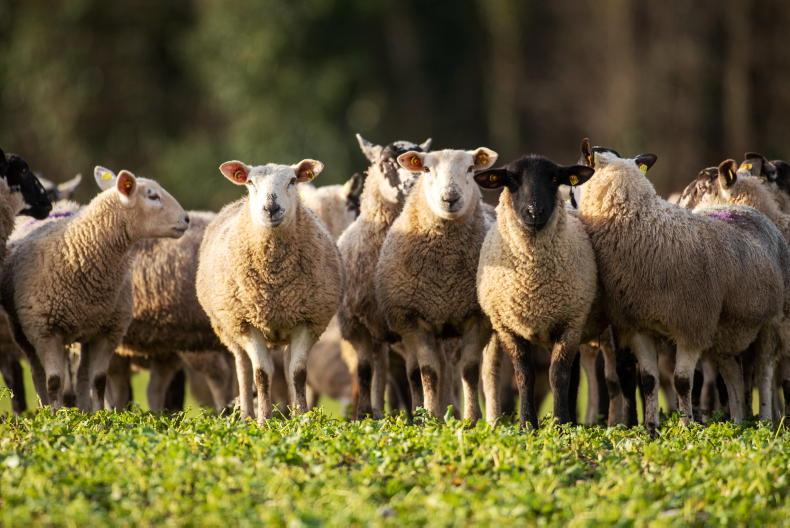
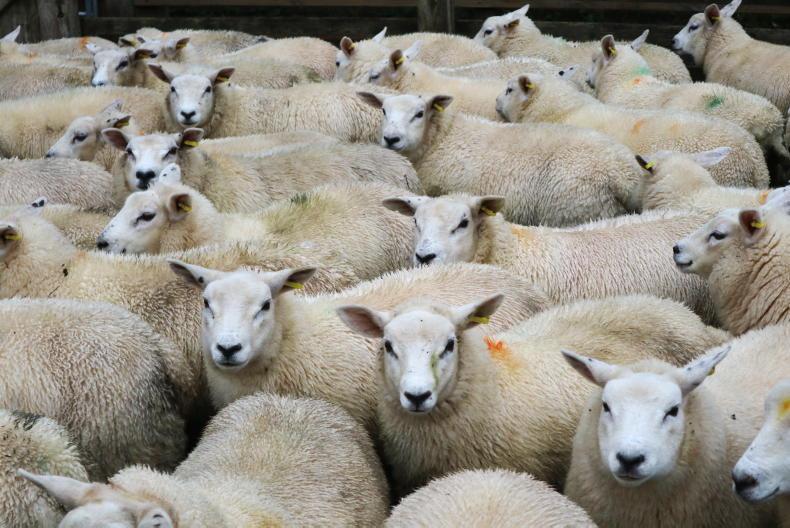

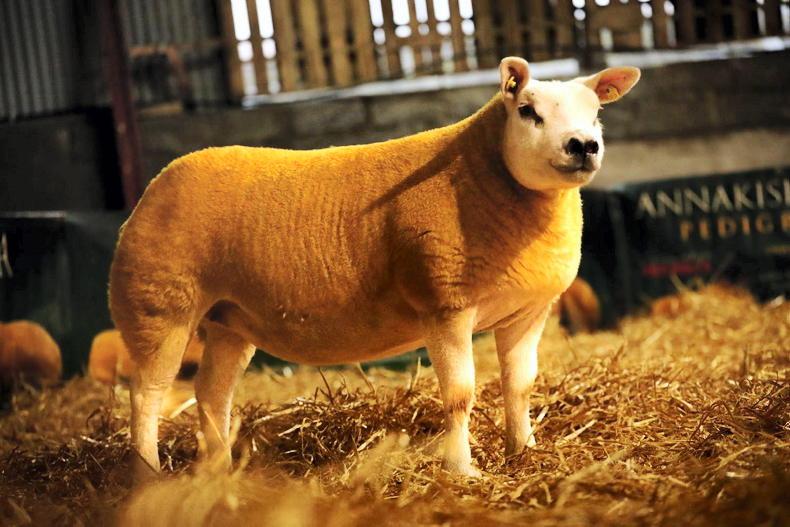
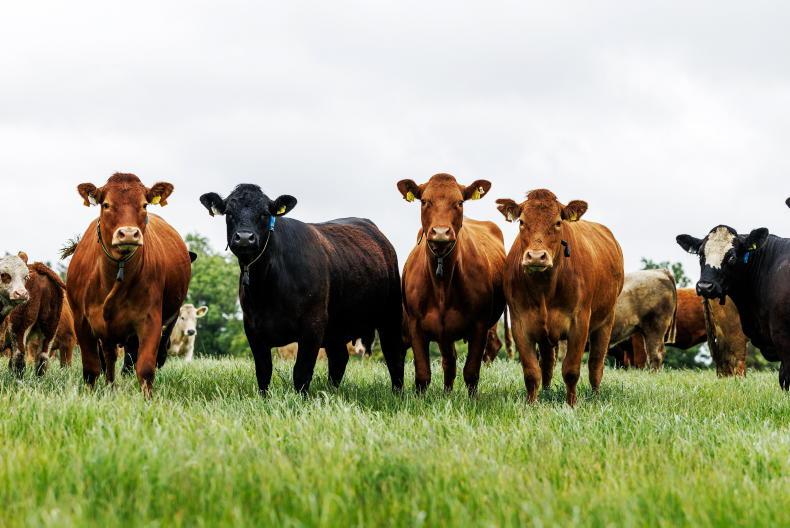
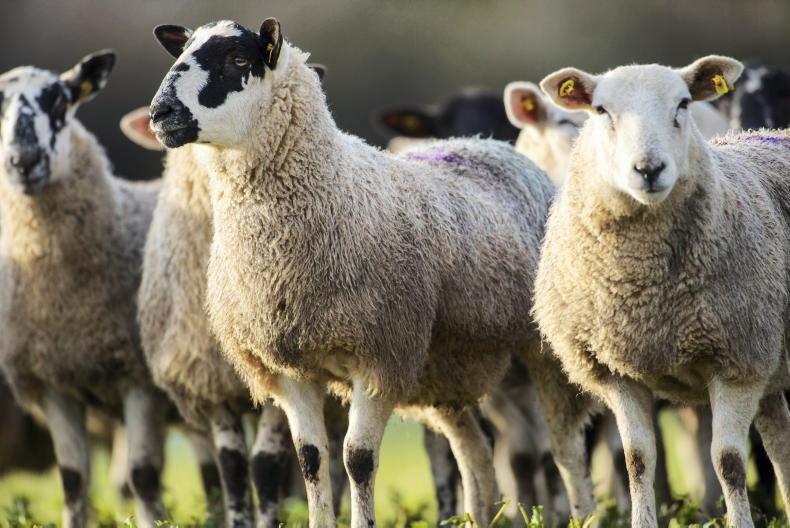
SHARING OPTIONS